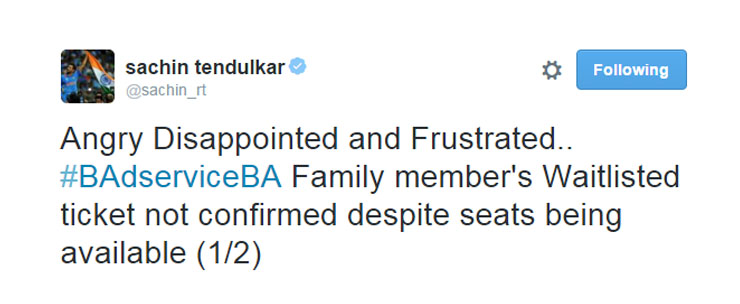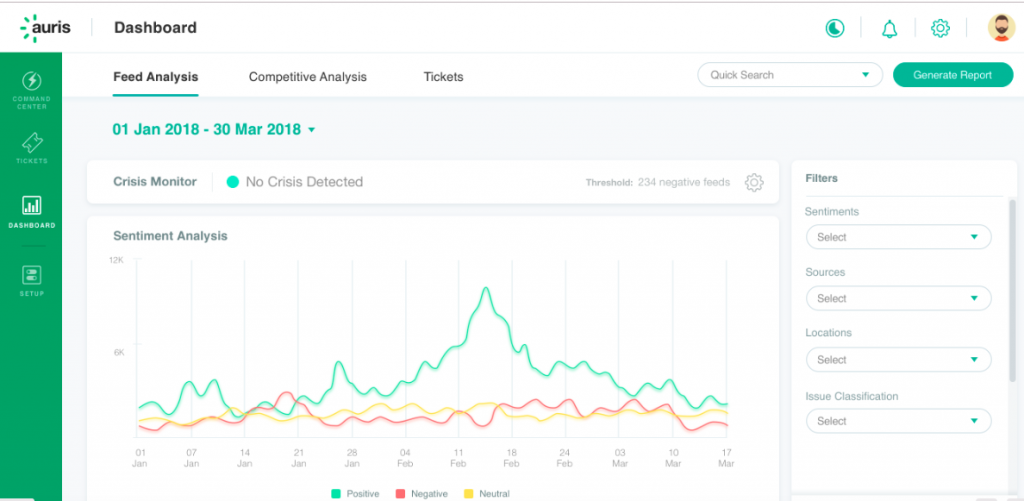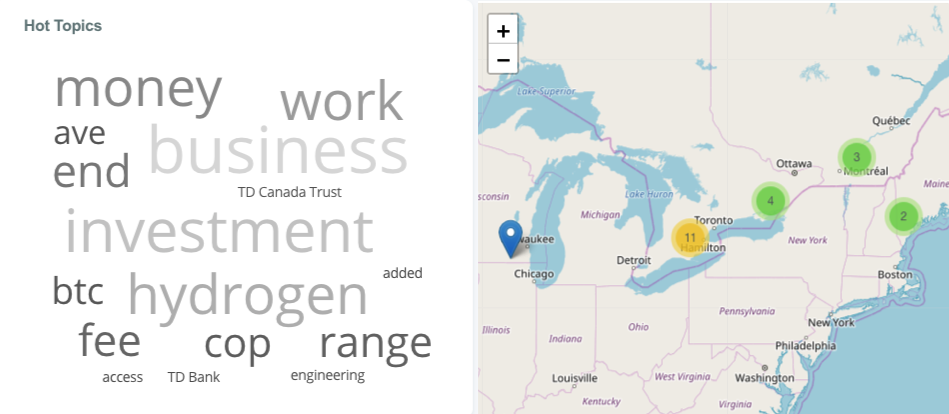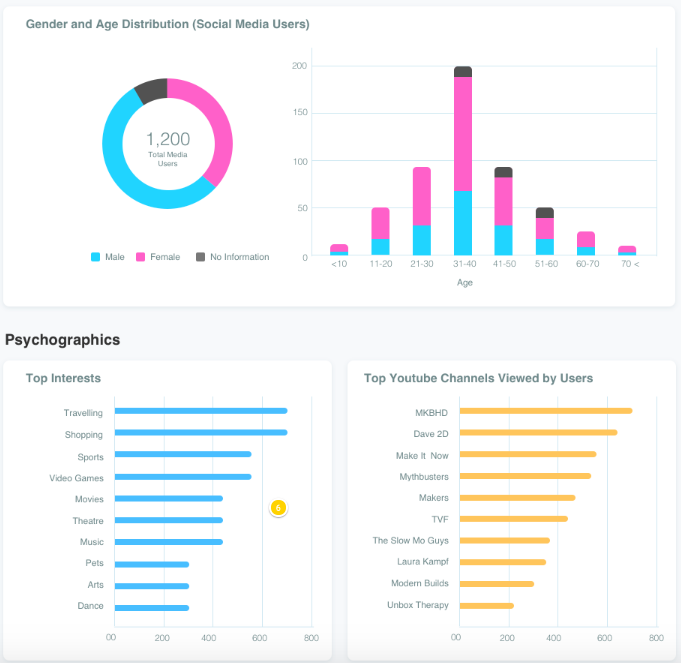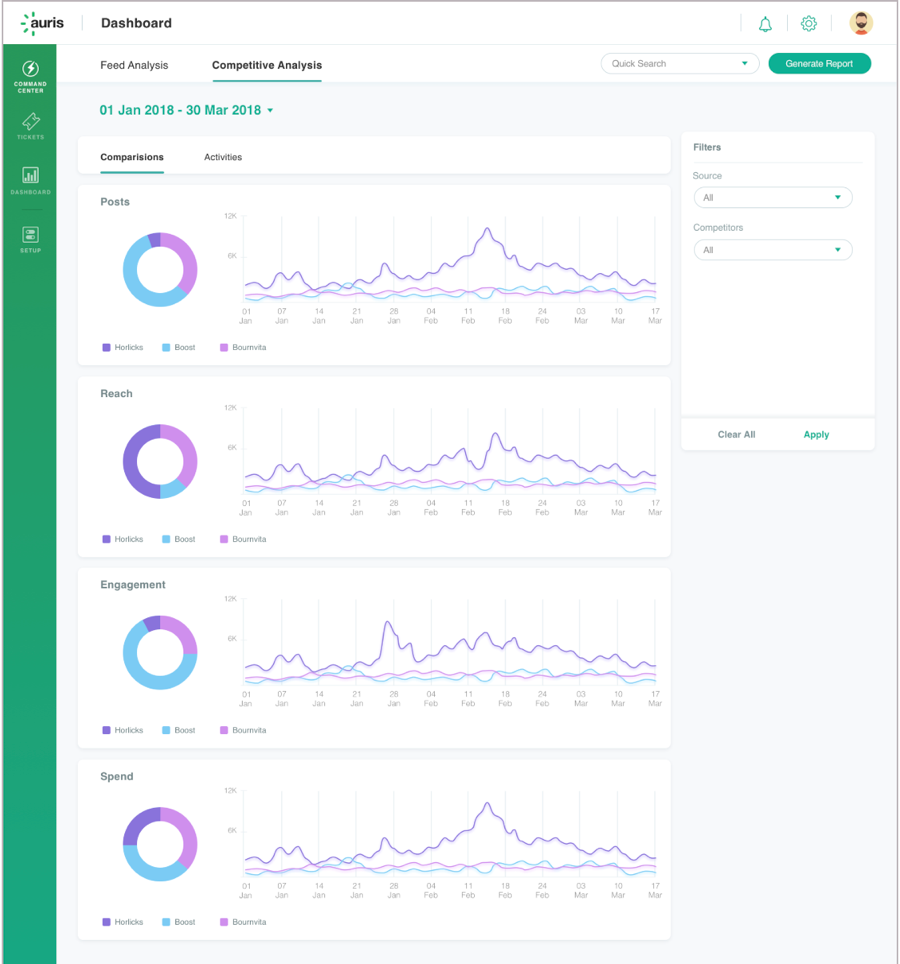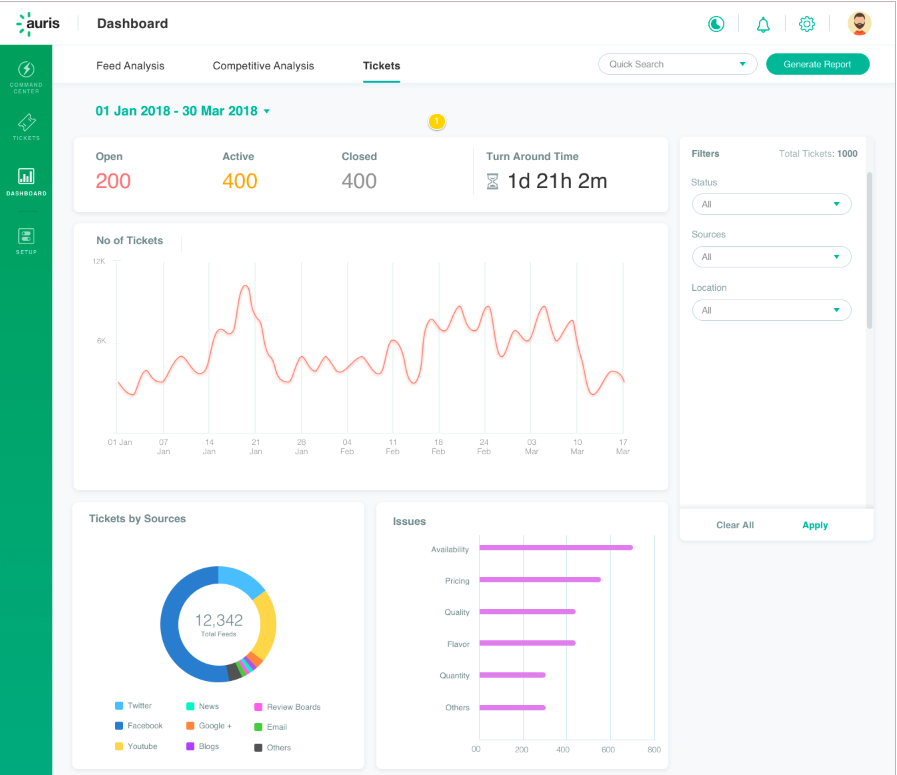Learn about the User, before you Leap to Reply
You’d recall several incidents where brands responded to consumers without understanding their context or who they were.
One recent example was when the great cricketer, Sachin Tendulkar, complained to British Airways on Twitter, only to receive a canned response from the brand’s official handle. Not unexpectedly, all hell broke loose with thousands trolling the brand which came across as naive and cold. The brand was responsive, but also blind, in a manner of speaking.
What is the ideal way to respond to a user? Ideally, one should understand the user’s context and only then reply. Learn before you leap to help. Consider these questions:
- Would you respond the same way to a loyal, engaged customer vs. a first-time customer?
- Would you respond the same way to a celebrity as to all others?
- Would you use the same reply text to someone who has already complained about an issue a few times and is following up?
The challenge in the increasingly digital world where conversations happen rarely in person, less on the phone and more on social platforms is the expectation that brands respond in a humane, warm manner. The expectation is that brand’s response is not automated and cold. Remember, most often users reach out to a brand when something has gone wrong. An automated response can only make matters worse.
How does Auris help?
So, here’s where Auris helps – it provides the context of the user before you’d use the platform to respond. The context enriches your understanding of the user at three levels.
- Helps you understand the user’s history with your brand – all the interactions the user has had with your brand.
- Helps you understand the user’s sentiment for your brand based on the previous interactions. So you know if the user has been happy, neutral or unhappy with respect to his/her interactions with your brand
- Influence score. How influential is the user? This can help you prioritize and escalate appropriately.
How do you know the user’s context on Auris?
It is easy and can be done right on the command center. Click on the top right (the three dots) of the comment card and click on the “User Timeline”. You’d have everything you need. The history, the sentiment as well as the influence score. See a real example below.
Being responsive is great. But sometimes an insensitive, cold response, however fast it came through, could hurt the brand rather than help. Our advice to brand custodians? Look and learn before you leap!

